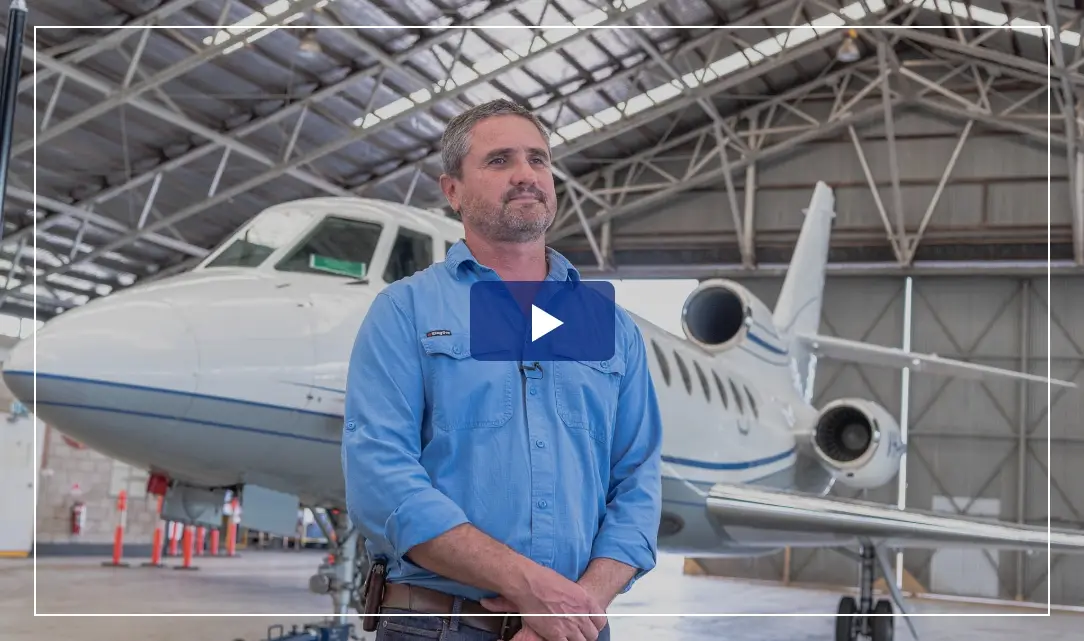Why Hydrogen
Hydrogen Energy Australia: The Fuel of The Future
As the most common resource on earth (and beyond), hydrogen is the base element for 75% of our universe, meaning it can be found in all living things — water, animals, plants, and humans. Hydrogen is a clean alternative to methane and is in high demand, as it has applications in a variety of global industries and can support renewable energy sources; solar and wind.
As an abundantly available gas with zero emissions, it is the fuel of the future. Today, technological breakthroughs mean it has become the preferred choice for governments and companies committing to net-zero targets.

Subscribe Our Newsletter
Types of Hydrogen
There are two main categories on the emission spectrum of hydrogen, carbon-based and carbon-free. The latter will play an important role moving forward in creating not just a zero-emission Australia, but our global net-zero future.
Emissions Generating Hydrogen
Grey and brown hydrogen are known as emissions generating hydrogen.
Grey production in Australia and around the world is created using non-renewable natural gas and releases carbon emissions into the atmosphere.
Brown hydrogen production in Australia and worldwide is made by burning coal, which generates high levels of carbon dioxide pollutants.
Blue hydrogen is produced through steam methane reforming, resulting in a chemical reaction where hydrogen and carbon monoxide are formed. This method is almost emissions-free, as a device is used to capture the hydrogen.
Zero Emission Generating Hydrogen
Green, emerald, and turquoise are known as zero-carbon hydrogen due to their production.
Electrolyser technology is used for green hydrogen production, which uses renewable electricity to split water into hydrogen and oxygen.
Blue hydrogen is made by capturing natural gas from a heating process, which also traps and stores other pollutants, preventing them from entering our atmosphere.
Emerald hydrogen involves a method for converting waste and feedstock into gas. The process requires the waste to be ignited and then retracted for the air injection point to gasify the fuel.
Turquoise hydrogen uses a plasma arc or a pyrolysis method to split methane into hydrogen and solid carbon.
Subscribe Our Newsletter
Sign Up to Join the Hydrogen Revolution Today and Receive Exclusive Investment Opportunities.